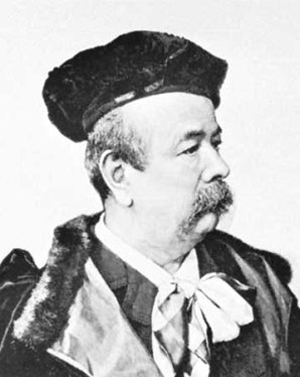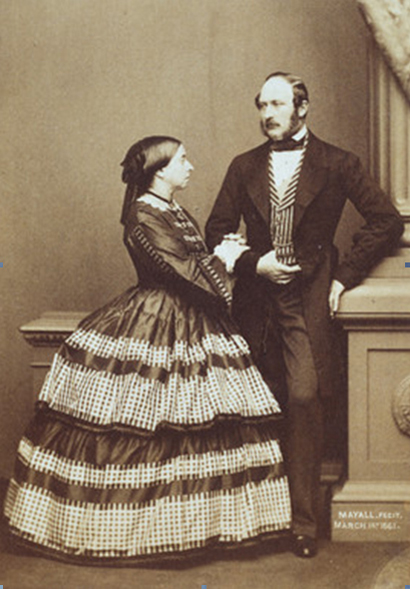Great minds: Ten people who shaped the World Expo
The World Expo has never just been about the individual. It's a celebration of the power of global cooperation and innovation. However, certain people stand out in World Expo history for their vision and contributions.
Queen Victoria and Prince Albert
Queen Victoria opened the first World Expo in London in 1851, calling the occasion the "greatest day" of her life. Victoria's husband, Prince Albert, was one of the driving forces behind the exposition, having been inspired by national exhibitions in France and a desire to demonstrate the industrial strength of Britain to the world.
|
|
Joseph Paxton
As the designer behind the elegant Crystal Palace, Joseph Paxton's architectural vision is a symbol of the innovation fostered by the World Expo. The Palace, home of the world's very first Expo, was impressive for its time; its prefabricated design and extensive use of glass paneling were a breakthrough in the world of architecture and design. Although Paxton was already known for other large glasshouse designs, the Crystal Palace is his most famous work. Paxton was knighted for his achievement.
 Joseph Paxton |
Charles Worth
London-born designer Charles Worth dominated Parisian fashion in the second half of the 19th century after moving to the French capital in 1845. He is credited as the father of haute couture. Worth won prizes at the Great Exhibition of 1851 in London and the Paris Expo of 1855. Worth's designs attracted customers from as far as New York. He subsequently designed dresses for Empress Eugenie, wife of Emperor Napoleon III.
 Charles Worth |
Gustave Eiffel
This French structural engineer designed the tower that bears his name for the 1889 Universal Exposition in Paris. The Tower served as the entrance arch to the fair. Visitors were only allowed onto the second level of the tower, because it was still under construction. The tower was incredibly popular at the exhibition and has since become a major tourist attraction, despite some initial misgivings about its appearance. Eiffel was also influential in the design of the Statue of Liberty in New York.
 Gustave Eiffel |
Thomas Edison
The legendary inventor exhibited many of his famous inventions at World Expos, including his original phonograph and light bulbs. At the Columbian Exposition of 1893, Edison and fellow inventor Nikola Tesla commenced a "war of the currents" to see whether DC or AC current would dominate electricity distribution. Edison originally planned to exhibit his company's early movie-projection device – the kinetoscope – at the Columbian Exposition, but the exhibit was moved to Brooklyn.
 Thomas Edison |
 0
0 








Go to Forum >>0 Comments